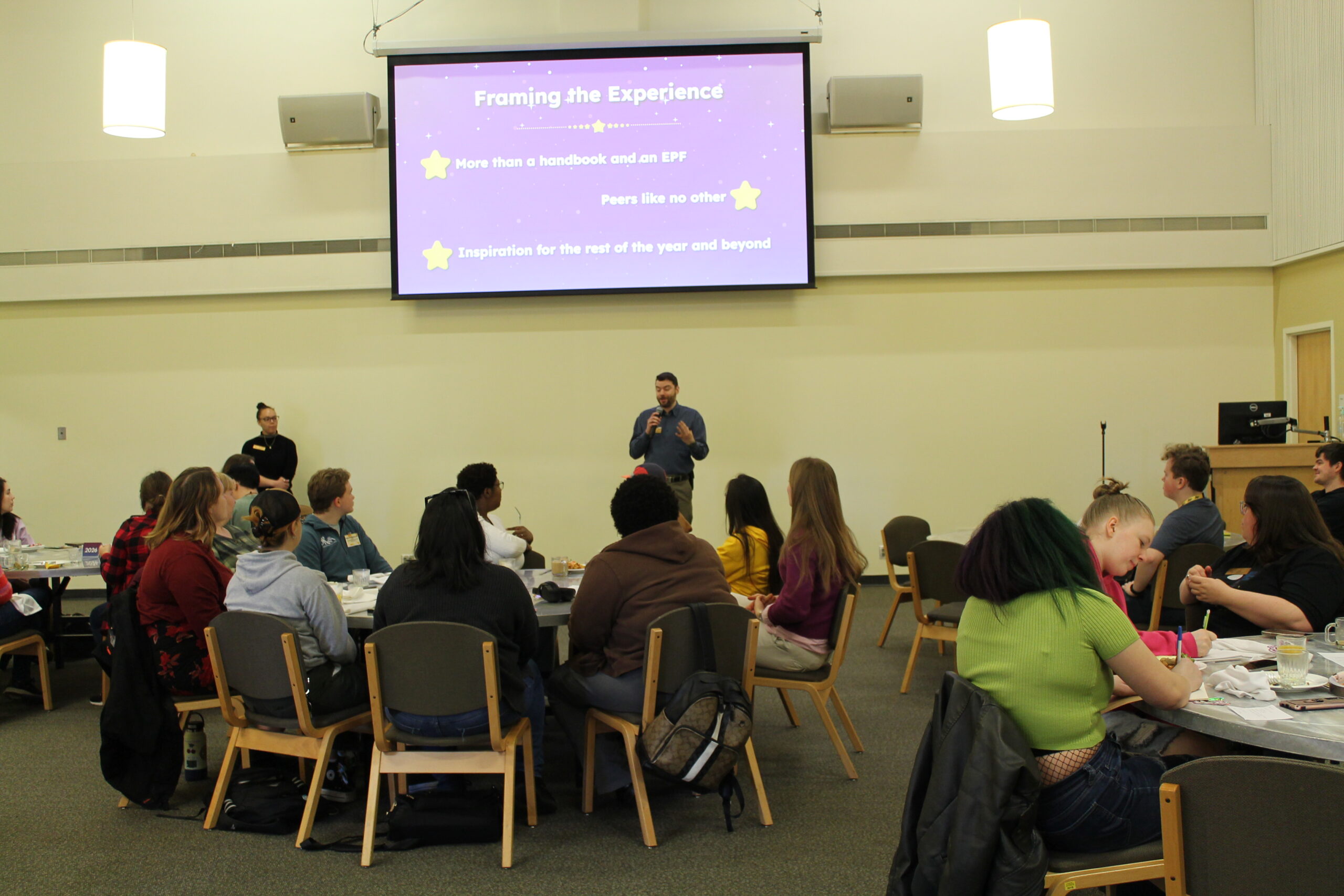By Bjorn Slater, Business Editor
Cash seems to be going out of style, so much so that there is a cost associated with using primarily cash instead of a debit or credit card. A new study by Tufts University called “The Cost of Cash in the United States” reports the cost of using cash for the average American family is, conservatively, $1,739 based on an average family size of about three people for an average cost per person of approximately $580.
These costs come in many forms, from check-cashing services and withdrawing from ATMs that aren’t built by the withdrawer’s bank to the cost associated with having to drive the extra distance to a bank or a bank’s ATM.
These fees stack up, costing Americans a total of $43 billion last year alone according to http://www.cnbc.com. There’s no denying cash is an important part of the economy. It provides a psychological security for some people because it is accepted everywhere.
However, electronic payment methods are taking over. Credit cards, debit cards, online and even phone payments continue to gain market share every year, putting pressure on businesses to accept electronic payments or risk missing out on customers who don’t carry cash. These costs to businesses are reflected in higher price tags on goods and services and sometimes a surcharge at the register.
The transition to plastic benefits everyone who hops on the bandwagon — there are numerous benefits to having a debit card and an electronic banking account such as e-banking, or online management of the account, which allows people to check their balance at a moment’s notice and even pay bills with just a few clicks.
Banks make it easy to sign up. At Bank of America there is no fee for signing up for a checking account, although the bank does like to have an initial deposit of $20-100. If a banker is available, it is possible for someone to be signed up for a checking account with a temporary, but functional, debit card in his or her wallet in less than 30 minutes.
Credit cards often have rewards systems that often allow consumers to save on purchases at certain stores and redeem points for cash or gift cards at those stores. These rewards allow people to partially recoup costs and in the long-run save themselves money.
Many of the upsides to plastic comes in the form of convenience: it takes longer for a cashier to take cash, get the right amount of change and put it in the customer’s hand than it does for the customer to swipe a card and hit “yes” twice. This time cost of cash means that cashiers help fewer customers in a given time period, and their opportunity cost of accepting cash goes up for each customer who doesn’t use a an electronic payment method.
So, when one housemate asks another for a portion of the utility bill, they should consider an electronic transfer. It saves them the time of going to deposit cash or a check, writing a check or withdrawing cash.
Time is money, so time saved is money saved. Every penny counts and saving a penny here and a penny there adds up. Cash will never go away and it’s great for paying back those McDonald’s debts, but having a debit card for everyday purchases makes life a lot easier.















